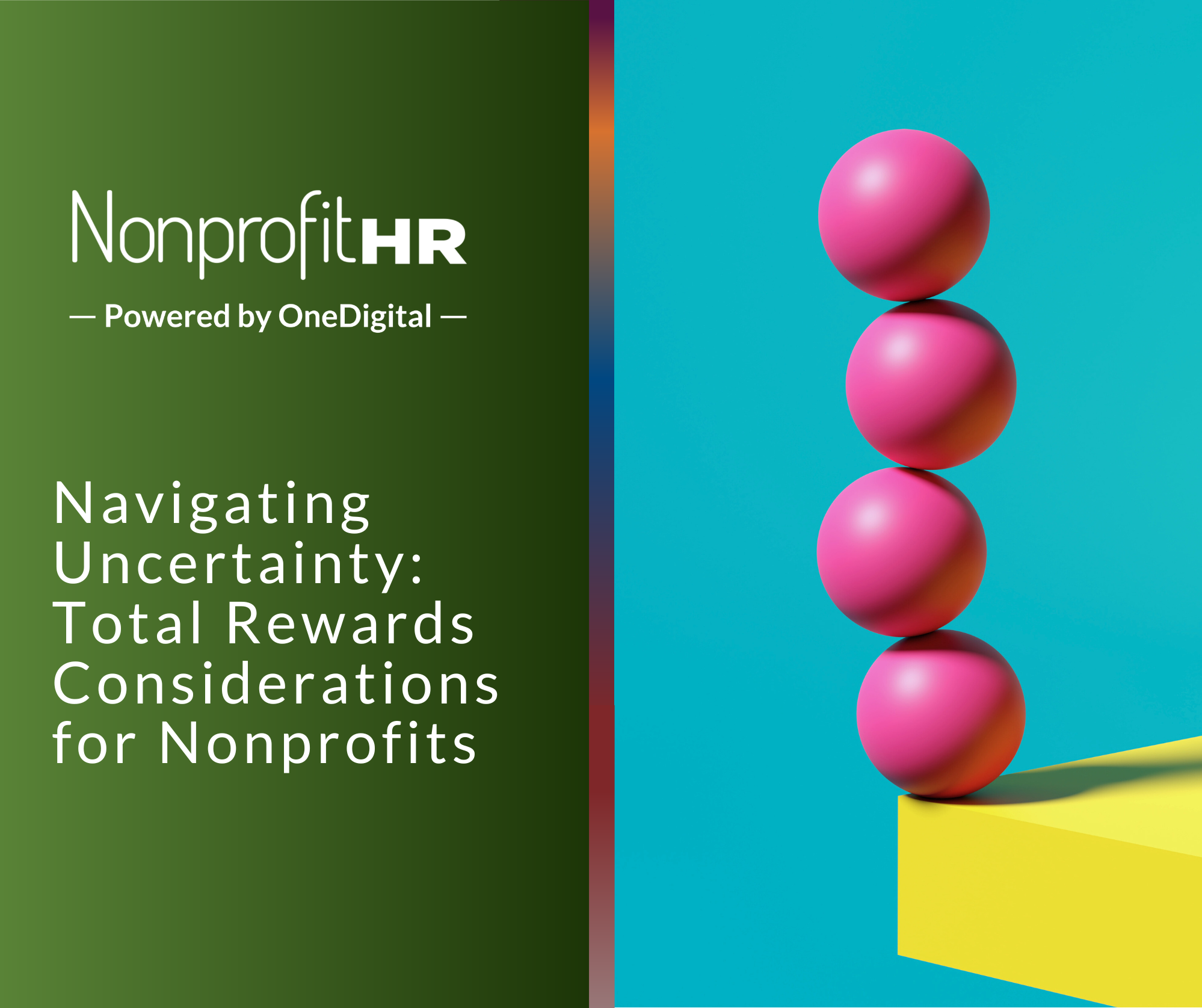WTOP: 5 ways nonprofits can…
Danielle Weinblatt points out that technology changes are altering the way we hire and find jobs.
“As most candidates are aware, the first step in the application process is the resume submission. Today candidates send their resumes to companies via Applicant Tracking Systems (‘ATS’) on the web. These applications can take hours to complete and when submitted, a candidate’s resume is often subjected to keyword searches or more technically known as ‘Boolean strings’ to help recruiters parse and sort through large numbers of resumes. But there’s a catch. What if you’re interested in breaking into a new field and the experience on your resume doesn’t match the keyword search? And, what if there are certain skills that you have attained in your prior work experience or academic career that are actually transferrable to this new opportunity? Well, guess what? You are out of luck my friend. Your resume will be at the bottom of this virtual pile. But, alas, there is a way to increase your ‘page ranking.’ There are technologies that candidates can use to turn their resume into gold. All it takes is some keywords and out comes the best resume for the job description! Learning the game is all you need to do. This is a sham.
The next scary technology that I have seen is the social network grader. There is a recent proliferation of recruiting tools that aim to measure your credibility by measuring your social influence whether it be your Github code commits if you are a software engineer or translating your Klout or social media score to actual skills to recommend you as a potential candidate. Does this mean that if you spend more time at work actually doing your job and less time on Twitter and Facebook that you are actually worse off than your peers? This is what the new type of technologies are trying to communicate to recruiters. I fear that those who aren’t on Twitter will never hold any influence in the new talent ecosystem. I mean, how will recruiters extrapolate your potential without a Klout score?”
To help emphasis Danielle’s main point that technology continues to change the process of hiring, below is a new infographic from RecruitLoop about the changes to the recruiting field over the past 20 years.
Source: RecruitLoop






























